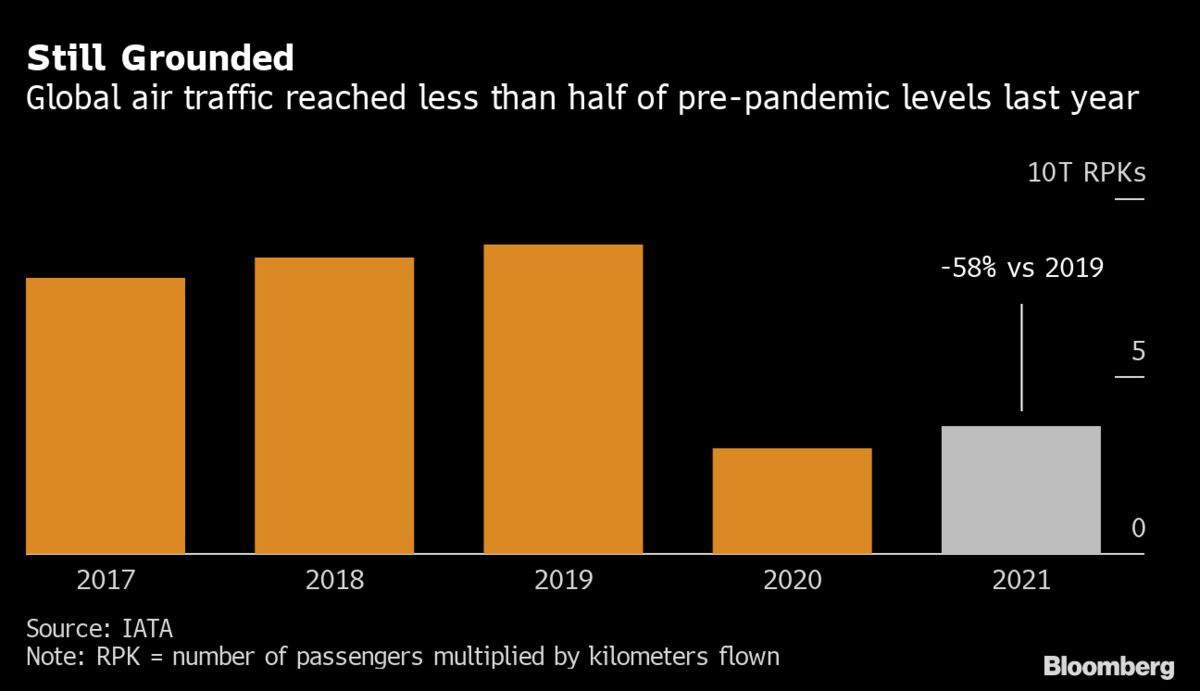Mental Health Claim Rates: The High Cost Of Low Access

Table of Contents
The Correlation Between Access and Claim Rates
Limited access to mental healthcare is a significant driver of increased mental health claim rates. Numerous barriers prevent individuals from seeking and receiving the timely treatment they need.
Limited Access to Care
Many factors contribute to limited access, creating a vicious cycle of unmet needs and escalating costs.
- Long wait times for appointments: Individuals facing mental health crises often experience lengthy delays before securing appointments with mental health professionals, exacerbating their condition.
- Lack of insurance coverage or inadequate benefits: The high cost of mental healthcare, coupled with insufficient insurance coverage, prevents many from accessing necessary treatment. This often leads to delayed or forgone care.
- High cost of treatment: Even with insurance, out-of-pocket expenses for therapy, medication, and hospitalization can be prohibitive.
- Shortage of mental health professionals: A critical shortage of psychiatrists, psychologists, therapists, and other mental health professionals, particularly in rural and underserved areas, severely limits access to care.
These barriers force individuals to delay or forgo necessary treatment, leading to more severe conditions requiring more extensive and costly interventions. For example, untreated anxiety can escalate into depression or even substance abuse, necessitating more intensive therapy, medication management, and potentially hospitalization, significantly increasing mental health claim rates.
Increased Severity of Untreated Conditions
Delaying or avoiding mental healthcare treatment allows conditions to worsen, resulting in more complex and expensive interventions down the line.
- Increased hospitalizations: Untreated mental illness often leads to crises requiring emergency room visits and inpatient hospital stays, significantly increasing healthcare costs.
- Longer treatment durations: The longer a condition remains untreated, the longer and more intensive the treatment required to achieve recovery, leading to higher claim rates.
- Higher medication costs: More severe conditions often require multiple medications and higher dosages, increasing pharmaceutical expenses.
- Potential for comorbid conditions: Untreated mental health issues frequently co-occur with other physical or mental health problems, complicating treatment and increasing costs.
For instance, untreated depression can lead to chronic physical health problems like cardiovascular disease, further driving up overall healthcare expenses reflected in increased mental health claim rates.
The Economic Burden of Inadequate Mental Healthcare
The financial implications of high mental health claim rates are far-reaching, impacting individuals, employers, and the healthcare system as a whole.
Rising Healthcare Costs
The escalating costs associated with treating severe mental health conditions place a substantial strain on resources.
- Increased insurance premiums: Higher claim rates translate directly into increased premiums for individuals and employers, making healthcare increasingly unaffordable.
- Higher healthcare expenditures for employers: Businesses bear a significant burden through increased health insurance premiums and reduced employee productivity.
- Lost productivity due to absenteeism and presenteeism: Untreated mental illness results in significant lost productivity due to employee absenteeism (days off work) and presenteeism (reduced work performance while at work).
Statistics demonstrate a clear upward trend: mental health claim costs have increased by X% over the past five years, with the average cost of treating major depressive disorder exceeding $Y per year.
Impact on Productivity and the Economy
Untreated mental illness has devastating consequences for individuals and the economy.
- Reduced employee morale: A workplace lacking mental health support often leads to low morale and decreased job satisfaction.
- Decreased job performance: Employees struggling with untreated mental health issues frequently exhibit reduced productivity and increased errors.
- Increased employee turnover: Organizations with inadequate mental health support experience higher rates of employee turnover, resulting in increased recruitment and training costs.
Early intervention programs demonstrably reduce these costs by providing accessible and timely mental health services, preventing conditions from escalating and leading to costly long-term care.
Strategies to Improve Access and Reduce Claim Rates
Addressing the high cost of low access requires a multi-pronged approach focused on improving access to affordable care and strengthening the mental health workforce.
Expanding Access to Affordable Care
Several key strategies can enhance access to affordable mental health services:
- Government initiatives to increase funding for mental healthcare: Increased funding is essential to expand access to services, particularly in underserved communities.
- Expansion of telehealth services in underserved areas: Telehealth offers a crucial solution for overcoming geographical barriers and increasing access to care in remote regions.
- Integration of mental healthcare into primary care settings: Integrating mental health services into primary care settings facilitates early detection and intervention.
- Reducing the stigma associated with seeking help: Public awareness campaigns are essential to reduce the stigma surrounding mental health issues and encourage help-seeking behavior.
Each strategy contributes to earlier intervention and better management of mental health conditions, ultimately leading to lower long-term claim rates.
Investing in Mental Health Workforce Development
A robust mental health workforce is crucial for addressing the growing demand for services.
- Increased funding for mental health training programs: Investing in training programs is essential to expand the pipeline of qualified mental health professionals.
- Loan forgiveness programs for mental health professionals: Incentivizing mental health professionals to work in underserved areas is critical.
- Initiatives to recruit and retain professionals in underserved areas: Targeted recruitment efforts and retention strategies are needed to address workforce shortages in rural and underserved communities.
A sufficient workforce directly impacts the ability to meet the demand for mental health services, resulting in earlier intervention, better treatment outcomes, and ultimately, lower claim rates.
Conclusion
The link between access to mental healthcare and mental health claim rates is undeniable. Inadequate access leads to delayed or forgone treatment, resulting in more severe conditions and escalating healthcare costs. Addressing the high cost of low access requires a concerted effort. By prioritizing increased funding for mental healthcare, expanding access to affordable services, and investing in workforce development, we can significantly reduce mental health claim rates and build a healthier, more productive society. Let's work together to change the narrative around mental health and create a system that prioritizes timely and effective care for all.

Featured Posts
-
 Shrewsbury Visit Farage Attacks Conservatives On Relief Road Plans
May 03, 2025
Shrewsbury Visit Farage Attacks Conservatives On Relief Road Plans
May 03, 2025 -
 Englands Euro 2025 Path 3 Crucial Questions For Wiegman
May 03, 2025
Englands Euro 2025 Path 3 Crucial Questions For Wiegman
May 03, 2025 -
 Newsround Bbc Two Hd Full Tv Schedule And Episode Information
May 03, 2025
Newsround Bbc Two Hd Full Tv Schedule And Episode Information
May 03, 2025 -
 Fortnite Chapter 6 Season 2 Pre Load Get Ready For Launch Day
May 03, 2025
Fortnite Chapter 6 Season 2 Pre Load Get Ready For Launch Day
May 03, 2025 -
 La Francafrique Macron Proclame Une Ere Nouvelle Au Gabon
May 03, 2025
La Francafrique Macron Proclame Une Ere Nouvelle Au Gabon
May 03, 2025
Latest Posts
-
 45 Vuelta Ciclista A La Region De Murcia Victoria Para Fabio Christen
May 04, 2025
45 Vuelta Ciclista A La Region De Murcia Victoria Para Fabio Christen
May 04, 2025 -
 Soaring Fuel Costs The Airline Industrys Struggle With Oil Supply Shocks
May 04, 2025
Soaring Fuel Costs The Airline Industrys Struggle With Oil Supply Shocks
May 04, 2025 -
 El Ciclista Suizo Fabio Christen Gana La Vuelta A Murcia
May 04, 2025
El Ciclista Suizo Fabio Christen Gana La Vuelta A Murcia
May 04, 2025 -
 Airline Industry Faces Headwinds Amidst Global Oil Supply Disruptions
May 04, 2025
Airline Industry Faces Headwinds Amidst Global Oil Supply Disruptions
May 04, 2025 -
 How Rising Oil Prices Are Impacting Airlines And Passengers
May 04, 2025
How Rising Oil Prices Are Impacting Airlines And Passengers
May 04, 2025
